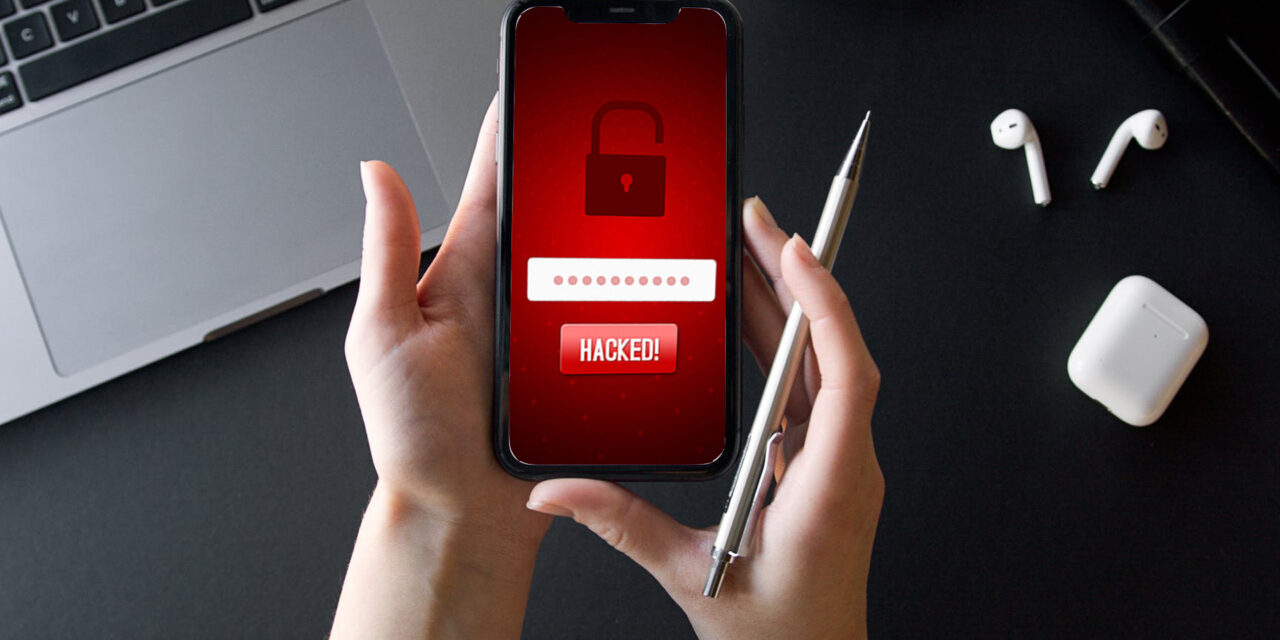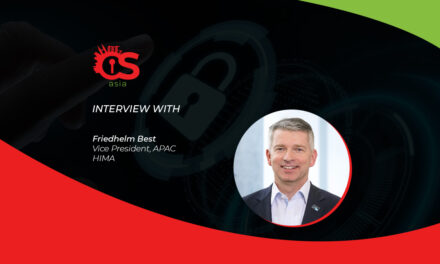It is time to get acquainted with the phenomenon known as Stalkerware and your legal, moral and ethical obligations …
Stalkerware is software that its user to digitally monitor another person’s private life via a mobile device, without the victim’s consent.
Following the Coalition Against Stalkerware’s detection criteria on stalkerware, co-founder of the service Kaspersky analyzed collated statistics to reveal how many of its users were affected by stalkerware in the period January to October 2021.
Result: almost 28,000 mobile users had been affected by this insidious modern threat. During the same period, there were more than 3,100 cases in the European Union and more than 2,300 users in North America. Russia, Brazil, and the United States of America remain the three leading countries in terms of the most affected countries worldwide so far. In Europe, Germany, Italy and the United Kingdom are currently the top three most-affected countries respectively. When looking only at the EU, instead of the UK, France comes in third place.
The severity of seemingly harmless digital stalking is so great that the Coalition Against Stalkerware has welcomed new supporters like INTERPOL and Gendarmerie Nationale (FR), Luchadoras (MX), Refuge (UK) and The Tor Project (US).
Signs and consequences of stalkerware abuse
It is one thing to let a partner track your physical location and another thing when that partner starts using that information to control your life. So where do we draw the line between productive monitoring and stalking? Here are some guidelines:
- When you are aware of your list of activities being shared with someone exclusively, that is a contract between the two of you. But if and when the person you are intimate with starts to secretly install hidden software in your smart devices to track things outside of that agreement, that can be construed as stalking. This can consist of clandestine ‘keystroke logging’, control of your smart devices’ microphone and camera without your consent; and a wide range of normally innocent sharing of digital information that somehow ends up being used to interfere with or cause undue influence in your personal liberties.
- When you are coerced into entering into an agreement with a family member or friend into allowing your activities to be monitored, even if it is supposedly to ‘help’ you, this is when any kind of useful surveillance becomes stalking.
- Strangers can also stalk you via spyware, when you inadvertently download tainted apps into your smart devices. Watch out for abnormal battery drain, high data usage, and especially if advertisements and phishing activities start to plague your phone in an uncanny way that seems to indicate that the attackers know really detailed information about your recent online activities.
- To date, stalkerware developers have not been dealt serious legal punitive actions. Similarly, ordinary people who have been encouraged to abuse ordinary monitoring apps and surveillance equipment may make light of their actions. Victims of stalking/stalkerware need to know and assert their legal rights and not shy away from seeking redress from perpetrators.
- Numerous incidents of stalkerware developers spilling intimate photos, videos and other information due to a data breach have made the consequences of underestimating the threat of this phenomenon much more severe.
The situation is less clear-cut when digital stalking occurs with trusted friends and loved ones. For fear of social repercussions, victims may not want to do the right things to stop the abuse. Just remember, stalking is an act of domestic violence, and doing nothing to put a stop to it may indicate consent and put you at a disadvantage should the situation escalate to an undesirable state due to your inaction.
How to detect and handle Stalkerware
For anyone who suspects he or she is being impacted by stalkerware, Kaspersky has the following recommendations:
- Do not rush to remove stalkerware if found on the device: the abuser may notice the discovery. In some cases, the perpetrator(s) may escalate their malicious intentions in response.
- Next, contact local authorities and service organizations supporting victims of domestic violence for assistance and safety planning.
- Watch the Coalition’s video on stalkerware and how to protect against it on the homepage available in English, German, Spanish, French, Italian and Portuguese. There is also a dedicated page for victims and survivors on stalkerware detection, removal and prevention.
- Use proven cybersecurity protection to run a check on all your smart devices and discover if stalkerware has been installed on it. However, this should only be done after the potential risk to the victim has been assessed, as the perpetrator may notice the use of a cybersecurity solution.
- Victims or suspected victims of stalkerware or physical stalking may be so intimately involved with the perpetrators that they may feel guilty taking corrective action. Such a mindset is not going to make the problem go away: seek advice safely and discreetly to evaluate your options.
- The public should also not brush off any signs of abusive digital stalking that they observe befalling others: please take discreet action to ensure that the (potential) victims are made aware of their rights and legal options.
- Potential abusers of the readily available digital tools to stalk people should note: It is dangerous to justify exerting any sort of control over a partner with such technology. Legal and moral consequences WILL catch up with your abusive actions.
Karen Bentley, Chief Executive Officer, Wesnet, Australia’s national umbrella organization for domestic violence services, advises everyone: “I really urge anyone who is experiencing stalking—either in real life or through stalkerware—and who feels it would be unsafe or dangerous to confront their abuser, to reach out to a domestic abuse organization to get advice and support.”

















